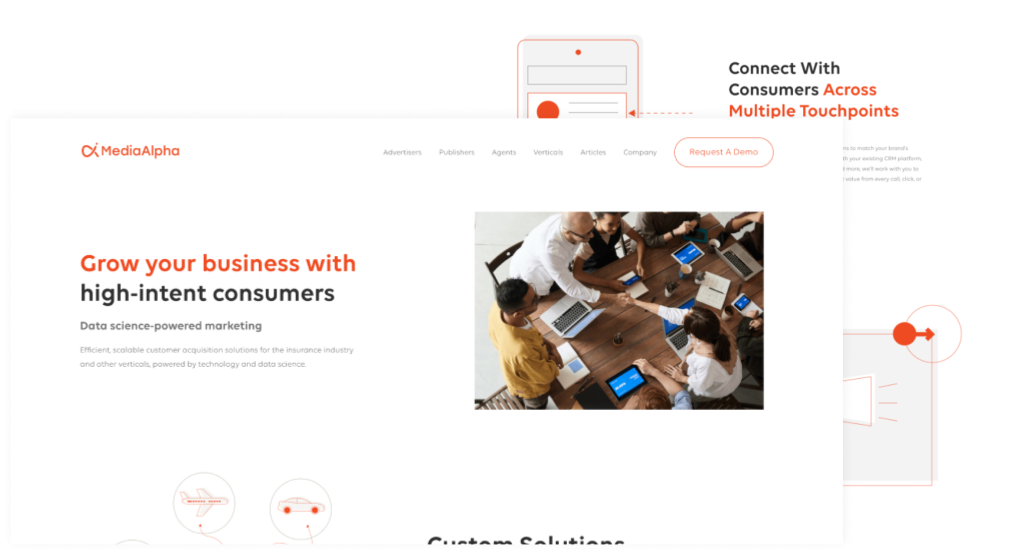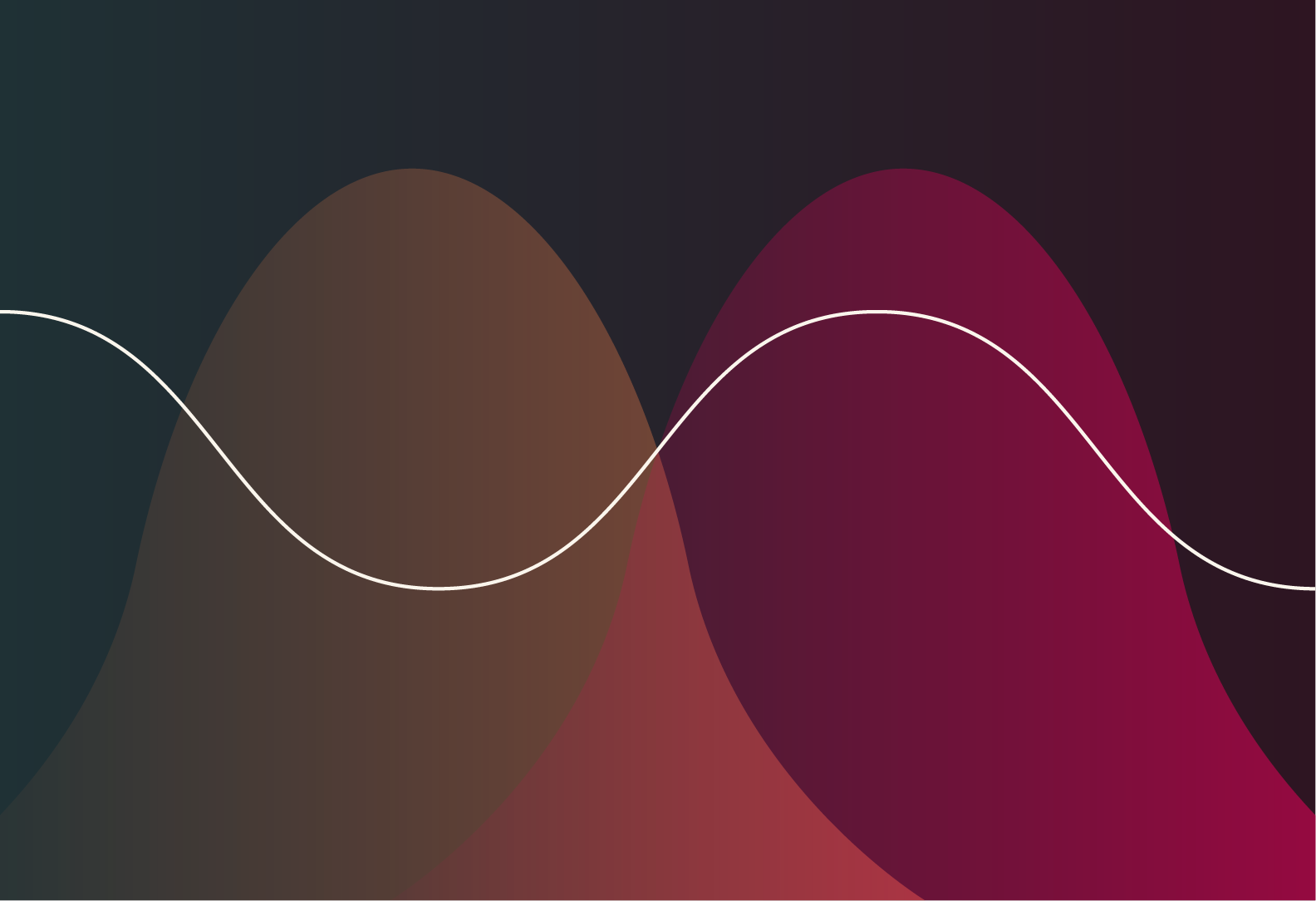Have you ever walked into a department store and found it difficult to find what you’re looking for because of poor organization and labeling? When someone lands on a website for the first time, it can be a very similar experience.
Chances are, visitors are accessing your site with preconceived expectations and needs. If those needs aren’t quickly and clearly met, your visitors may get frustrated and jump ship to find their answers elsewhere.
This is why strategic website design is critical to building and maintaining a site that increases conversions and sales. Unfortunately, however, there is no magic, one-size-fits-all approach that will turn clicks into purchases.
Effective website designs must first take into consideration variables like:
- Your target audience
- A deep understanding of your customers’ pain points
- Your site’s purpose and objectives
- CTAs that will appeal to your customer personas
- Your customers’ online behaviors, especially when it comes to navigation and the buying journey
Because these variables tend to differ between B2C and B2B customers, an effective B2B website design often looks very different from a B2C site.
Here, we discuss the key differences between B2B vs B2C website design and how it should be adapted accordingly.
Key differences between the B2B vs B2C website design and sales process
The biggest difference between B2B vs B2C website design centers on the buyer’s journey. That’s because the decision-making process for B2B and B2C purchases often includes a number of factors that are unique to each market type, including the following.
Customer Personas
Generally, B2C purchases are made by an individual without additional approval, whereas B2B purchases may involve a group of decision-makers who all fill different roles within an organization.
For example, if a health care company is looking to implement a new vendor solution for patient scheduling, the final decision may be influenced by:
- A chief financial officer, who is likely most concerned with cost effectiveness
- A patient experience director, who is focused on the system’s ease of use for patients
- A call center manager, who may be concerned about training the team that would be scheduling patients
- Doctors, who will need to make sure the appointment slots align with their own schedules and capacity
- A chief technology officer, who wants to make sure the solution is safe from a cybersecurity standpoint
Large B2B purchases can impact almost every member of an organization, which is why messaging and CTAs need to appeal to a broader audience through your website’s design. This could even include segmenting your site by customer persona through clearly labeled tabs such as “for health care leaders,” “for providers” or “for schedulers.”
Sales Cycle Length
Because of the amount of decision-makers involved, the B2B sales cycle often lasts much longer than the B2C sales funnel, which typically doesn’t go far beyond the customer’s awareness, interest, intent and purchase.
While the B2B sales cycle includes these steps, it may also include additional stages such as:
- Introductory calls with the vendor
- Product demos
- Contract negotiation
- Internal pitches between the company’s team members and leaders
- Comparison to other solutions and vendor offers
These additional steps will likely impact your site’s navigation setup, visual media and CTAs.
Website objective(s)
The most important thing to keep in mind when designing a website is its purpose. Without having clearly defined goals regarding what you want to gain from your site, your design won’t be able to strategically shift your customers to take the actions you want to see.
B2C websites generally want to sell products or services to individuals that could make their lives easier or more enjoyable, while B2B websites may aim to:
- Gather qualified leads
- Solve a business problem
- Help employees excel in their roles
- Find solutions that meet certain specifications
- “Sell” increased success to other companies
What web design factors influence B2B vs B2C website design and user experience (UX)?
Now that we’ve dived into the differences between B2B vs. B2C website design, you may be thinking: What factors contribute to a well-designed website, anyway?
Website design goes far beyond aesthetics like color usage, fonts and imagery to account for variables like:
- Branding
- Site setup
- Navigation bars and footers
- CTAs/button placement
- Media usage
- Intuitiveness
- Page length
- Interactive elements
- Animation
- Functionality
- Mobile optimization
- Information architecture
- Accessibility requirements
All of these factors, along with other variables like website speed and page load times, make up your customer’s user experience. First impressions are everything, so making your site visually and functionally appealing can be the difference between making or breaking a sale.
How B2B marketers can make their websites more appealing

Web design is especially important for B2B marketing due to the variability and complexity that are inherent to the B2B sales process. B2B marketers who are looking to create (or improve) an effective B2B website design should consider the following best practices.
- Demonstrate your expertise or specialty: Businesses don’t just want to know about your solution – they also want to know what gives you the authority to offer a solution to their problem. Use imagery and keywords that are relevant to your target industries and personas to make the experience feel personalized to their needs.
- Focus on ease of navigation: If your decision-makers may include C-suite execs, they likely don’t have the time or patience to bounce around your site looking for the information they need. Make it clear who you are, what you offer, how you’re different from competitors and what problems you solve.
- Create clear CTAs: Prospects who are interested in your products or services should be able to clearly understand the next step they should take to learn more during the “consideration” stage of their buying journey. Be sure to build in clear, obvious CTAs and place them in multiple locations throughout each page – especially at the very top and bottom.
- Keep your branding consistent: Brand fonts, colors, logos, imagery and voice used on your site should be consistent across all of your print and digital marketing materials to create a memorable and cohesive brand experience.
- Don’t forget functionality: Something as simple as an interactive element or button not working can quickly turn away a qualified lead. Make sure your site is easy to use and functions as expected.
Implement a B2B website design that drives results
B2B and B2C sales processes are different, and these differences should be accounted for in your website design. Motion Tactic creates designs that look great and serve your customer personas. Our custom B2B website design process includes:
- Research and discovery
- Moodboards
- Wireframes
- Design sprints
- Interactive prototypes
Book your discovery session now to elevate your digital B2B identity.


